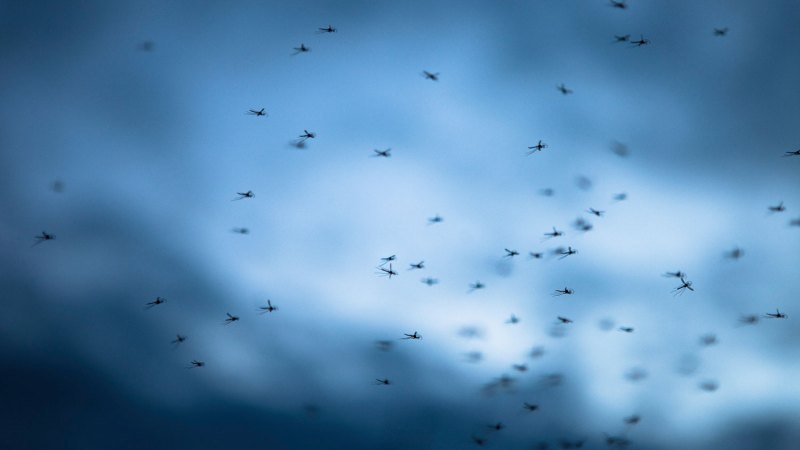
Nothing ruins the endorphin buzz of a backcountry adventure like discovering a tick burrowing into your hair or skin at the end of the day. (Or worse, finding one in your bed the next morning.) It’s more than an annoyance — tick-borne illness is on the rise, causing issues like rash and fever, as well as chronic illnesses like Lyme disease and other viruses.
Unless you’ve stumbled upon a tick repellent that actually works, prevention usually means a choice between jumping in a nearby lake in hopes of drowning any toxic hitchhikers or asking a friend to pick through your hair and beard like a mother gorilla caring for her young. However, a new fabric technology prevents ticks from latching on.
Legendary outdoor outfitter L.L. Bean, in cooperation with Burlington, launched a line of insect-repellent outdoor wear — shirts, pants, socks, and hoodies — treated with permethrin, a substance that is basically a nerve agent for bugs. Other manufacturers like Ex Officio and Duluth Trading Company have followed suit, but, according to a Consumer Reports test that focused on mosquitoes, L.L. Bean garments were most effective.

Permethrin, a medicated lotion made from a synthesized extract of the chrysanthemum flower, has been around since the 1970s. Listed on the World Health Organization’s List of Essential Medicines, it deters insects by disrupting their neurons. Don’t worry, though — the EPA has rated this substance perfectly safe at the level allowed for clothing (0.52 percent, if you’re curious). Moreover, field testing from manufacturers and consumers alike has shown that the permethrin doesn’t leach from fabric onto the skin. As to its effectiveness, reviewers say they rely on these garments for everything from hunting and fishing to yard work. Some have even said that the aura of permethrin-treated clothing wards off bugs from uncovered areas of the body, such as hands and face.
If you’re thinking this is more or less the same as your uncle’s technique of soaking his fishing shirt in DEET, think again. Permethrin-treated clothing undergoes a sophisticated process where the substance is actually bound to the fabric during manufacture. This also means that the bug repellent won’t dissipate after a few washes — you can launder permethrin-treated clothes just the same as everything else you own. Tumble-dry them, iron them, even bleach them, and they’ll still perform. And if you’ve ever been downwind of a heavy sweater covered in commercial bug repellent, you’ll be happy to learn that permethrin-treated clothes don’t stink.
It should be noted that permethrin won’t necessarily prevent bugs from landing on you, but it is proven to knock them dead within a matter of minutes. So you’re doing good for the world, as well as protecting yourself.
If they do land on your or your stuff, may we suggest these fun (and often ridiculous) bug-killing weapons?


